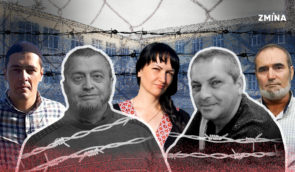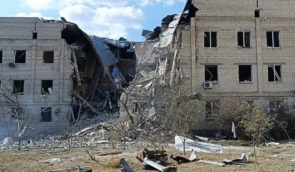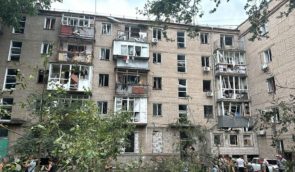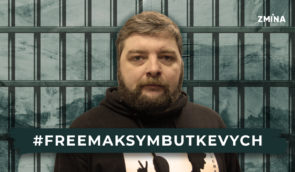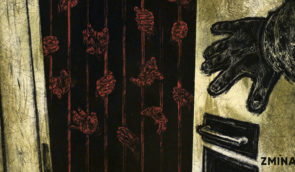Memories of Halyna Haiova, a torture survivor of the infamous Izolyatsia prison
Halyna Haiova, a senior nurse from the city of Dokuchaievsk, Donetsk region, was arrested by representatives of the so-called “Donetsk People’s Republic” (“DPR”) at her workplace on October 14, 2016. She was accused of having pro-Ukrainian views and helping the Ukrainian Armed Forces. The woman was held in captivity for nearly sixteen months, most of which she spent in the Izolyatsia torture prison. Then, she was transferred to Donetsk pre-trial detention center, where she stayed for 105 days.
Halyna Haiova told ZMINA about this.
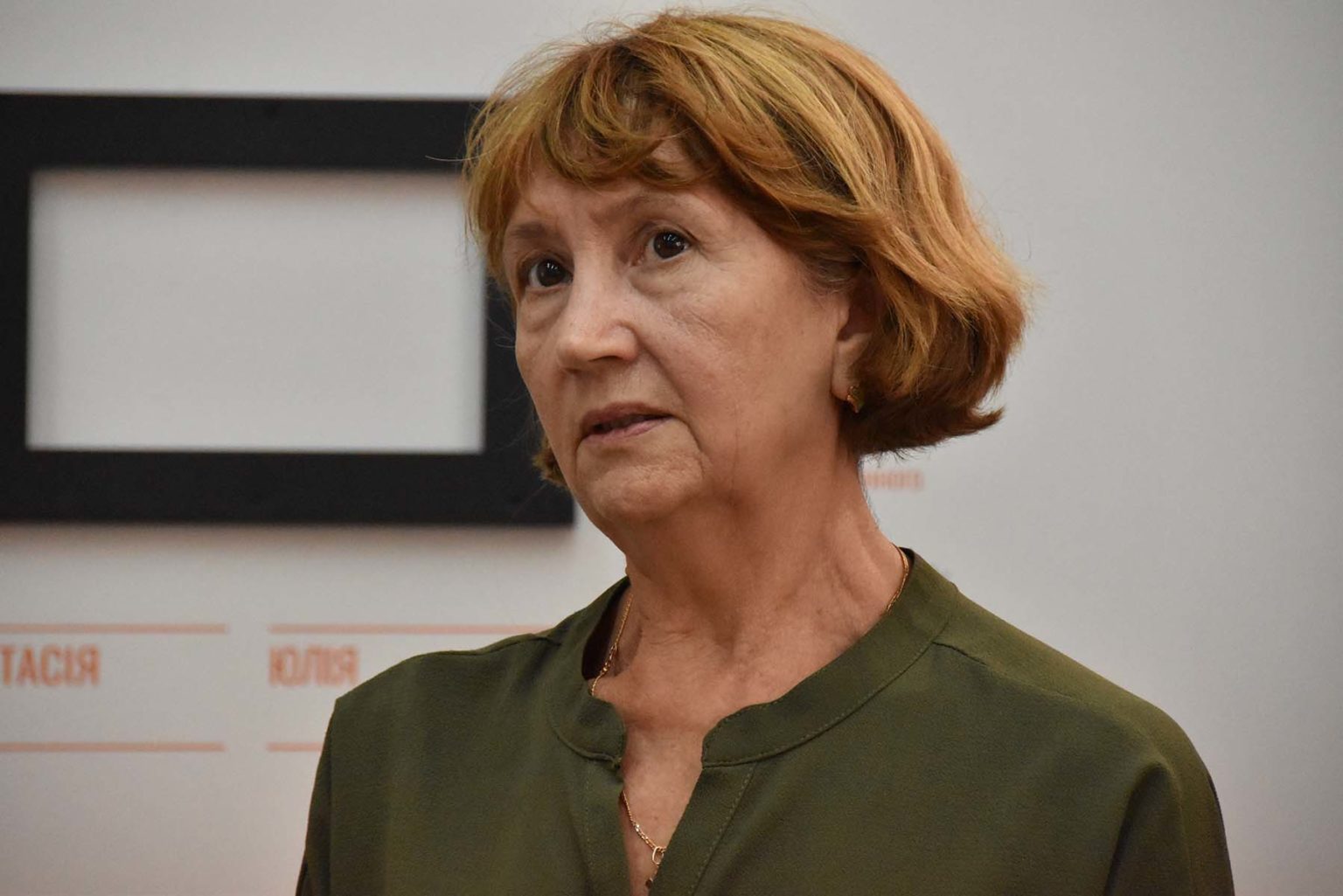 Halyna Haiova. Photo: Andrii Aheiev
Halyna Haiova. Photo: Andrii AheievBefore her detention, Halyna, as a senior nurse, compiled lists of wounded representatives of the “DPR” and Russian servicemen. The woman wrote down their names, addresses, and sometimes passport data. All this information was passed on to Ukrainian counterintelligence, which was looking for proof of the presence of Russians in the city. Before her detention, Haiova gave the Ukrainian counterintelligence a list of 80 Russian soldiers based in Volnovakha. Later, a traitor within the Security Service of Ukraine reported this to the illegal “authorities” of the “DPR.”
“On October 14, at 11 in the morning, the chief doctor called me to the first floor. When I went down, I noticed that the “DPR” policemen were already standing with him. The latter said that I should go with them to testify. Before that, my husband and I had already been arrested five times, but we were kept for no more than 3-5 days,” the nurse recalls.
The woman was brought home from the hospital to be searched. After that, Haiova was forced to pass a lie detector and answer the questions of the “investigator.” Since the polygraph did not show anything, Haiova was accused of the fact that “Ukrops (explanation note: an ethnic hate speech slur used by Russians to describe Ukrainians) taught her to behave properly.” However, in reality, this was the first time she had ever encountered a polygraph machine, and she did not initially know what it was.
After that, Haiova was taken to the Izolyatsia prison, where she had been held in the basement for a week. The cell had a small wooden bench, an old mattress, and a dirty blanket. It lacked windows and a toilet (instead, there was a bottle), but a video camera was mounted in the wall, from which the prisoners were monitored around the clock. There was nowhere to lie down, and you could only stand or sit.
In the torture chamber, Haiova was subjected to torture. In particular, they used an electric current to force her to name the names of those with whom she cooperated. The Russian interrogation staff placed a bag over her head and wrapped her body firmly with tape to secure her to a large iron table. Loops with wires were put on her toes and were intentionally wet with water for a more significant effect of the electroshock torture.
“After such torture, a person becomes completely helpless. They cannot speak or walk. Other instruments of torture were whips: rubber, aluminum, and wooden. They wanted me to confess something. They did not know what they needed. I just made up some names and told them something about a Security Service of Ukraine representative at the checkpoint. I do not even remember exactly what I told them,” Haiova explained.
Ultimately, she was lucky that her husband was at home when their house was searched. The next day, he came to the “Ministry of State Security” of the “DPR” and asked why she had not yet been brought home. They replied that they did not know anything about it. However, he happened to see two investigators who had detained Haiova. When he told the detainers he recognized them, they informed him about his wife’s detention for 30 days until “clarification of all the circumstances.”
“At the same time, the children wrote a statement to the Ukrainian police about my detention. Immediately, the publicity about me went everywhere,” Haiova said.
Eventually, she was transferred from the basement to the upper floor. In the Izolyatsia prison, the detainment staff put her to work in the kitchen, preparing food for all the detainees. Other Ukrainians, including two boys from Horlivka who were credited with the killing of Russian generals, were kept in the torture chamber.
“Specially trained executioners came to the interrogations with suitcases and torture equipment. For the 11 months I was there, I heard screams, cries, and moans every night. Some people survived the torture, and some did not. There on the territory were large hangars with basements, where corpses of people were dumped. It was a scary place,” she recalled.
Haiova also remembers a prison warden with the call sign “Tataryn.” He and other prison staff got drunk and arranged so-called “mask shows.” The occupiers opened all the cells and forced people down an iron ladder to the basement. “Tataryn” stood with a machine gun at the door to the basement and shot randomly at the prisoners. Someone could be killed, someone injured, someone fell from the ladder, breaking their legs and arms.
“We were saved by taking a mattress with us, which we placed in front of us. In the morning, we saw that it was shot while we were unharmed.”
Haiova was most worried about the young prisoners, who were 20-30 years old. She tried to give them larger portions of food, for which she was repeatedly punished.
On December 27, 2017, during one of the largest exchanges of prisoners from the so-called “Luhansk and Donetsk People’s Republics,” 73 military and civilians were returned, including Halyna.

